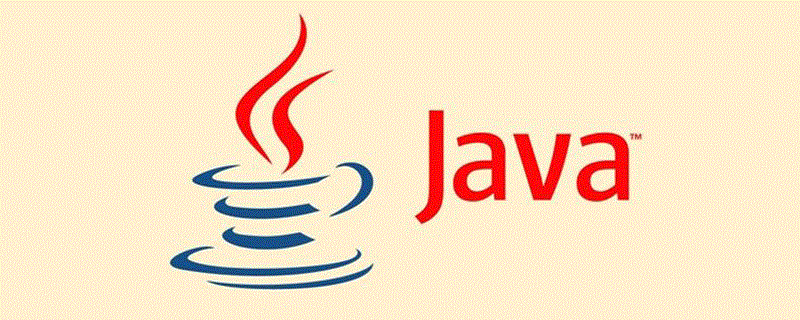
在 Java 中,实现多线程的方式主要有以下四种:
- 继承 Thread 类
- 实现 Runnable 接口
- 使用 Executor 框架
- 使用 Callable 和 Future
下面我们分别介绍这几种方法,并比较它们的优缺点。
1. 继承 Thread 类
这是最简单直观的实现多线程的方式。只需要继承java.lang.Thread类,并重写其run()方法即可。在run()方法中编写需要执行的代码。
public class MyThread extends Thread {
@Override
public void run() {
// 线程执行的代码
System.out.println("MyThread is running.");
}
public static void main(String[] args) {
MyThread thread = new MyThread();
thread.start(); // 启动线程
}
}优点:
- 简单易懂,代码结构清晰。
缺点:
- Java 不支持多重继承,如果一个类已经继承了其他类,就无法再继承
Thread类。 - 代码耦合度较高,不利于代码的维护和扩展。
2. 实现 Runnable 接口
这种方式需要实现java.lang.Runnable接口,并实现其run()方法。然后创建一个Thread对象,并将实现Runnable接口的对象作为参数传递给Thread构造函数。
public class MyRunnable implements Runnable {
@Override
public void run() {
// 线程执行的代码
System.out.println("MyRunnable is running.");
}
public static void main(String[] args) {
MyRunnable runnable = new MyRunnable();
Thread thread = new Thread(runnable);
thread.start(); // 启动线程
}
}优点:
- 避免了单继承的限制,更加灵活。
- 代码耦合度低,易于维护和扩展。
缺点:
- 相比继承
Thread类,代码稍微复杂一些。
3. 使用 Executor 框架
Executor框架是 Java 5 引入的,用于管理线程池。它提供了一种更加灵活和强大的方式来管理和执行线程。
import java.util.concurrent.ExecutorService;
import java.util.concurrent.Executors;
public class ExecutorExample {
public static void main(String[] args) {
// 创建一个固定大小的线程池
ExecutorService executor = Executors.newFixedThreadPool(5);
// 提交任务到线程池
for (int i = 0; i < 10; i++) {
Runnable worker = new WorkerThread(i);
executor.execute(worker);
}
// 关闭线程池
executor.shutdown();
}
}
class WorkerThread implements Runnable {
private int taskId;
public WorkerThread(int taskId) {
this.taskId = taskId;
}
@Override
public void run() {
System.out.println("Worker " + taskId + " is running.");
}
}优点:
- 简化了线程的创建、管理和销毁过程。
- 可以有效地控制线程的数量,防止资源耗尽。
- 提供了多种类型的线程池,满足不同的需求。
缺点:
- 相比前两种方式,代码更加抽象,需要一定的学习成本。
4. 使用 Callable 和 Future
Callable接口类似于Runnable接口,但它可以返回一个值。Future接口表示异步计算的结果。
import java.util.concurrent.*;
public class CallableExample {
public static void main(String[] args) throws ExecutionException, InterruptedException {
ExecutorService executor = Executors.newSingleThreadExecutor();
// 提交 Callable 任务到线程池
Callable<String> callable = () -> {
System.out.println("Callable task is running.");
return "Callable task completed.";
};
Future<String> future = executor.submit(callable);
// 获取 Callable 任务的结果
System.out.println(future.get());
executor.shutdown();
}
}优点:
- 可以获取线程的返回值。
- 可以取消任务的执行。
- 可以检查任务是否完成。
缺点:
- 相比
Runnable接口,代码更加复杂。
总结
选择哪种多线程实现方式取决于具体的应用场景。如果只是简单的创建和启动线程,可以使用继承Thread类或实现Runnable接口。如果需要更加灵活和强大的线程管理功能,可以使用Executor框架。如果需要获取线程的返回值,可以使用Callable和Future。
声明:本站所有文章,如无特殊说明或标注,均为本站原创发布。任何个人或组织,在未征得本站同意时,禁止复制、盗用、采集、发布本站内容到任何网站、书籍等各类媒体平台。如若本站内容侵犯了原著者的合法权益,可联系我们进行处理。



